Recent images from the Hubble Telescope show evidence of a previously undiscovered moon orbiting Neptune. Like its other siblings, researchers named it after a water deity from Greek mythology. Called Hippocamp, the newfound moon just brought the Blue Planet’s total number of known orbiting satellites to 14.
At a little over 20 miles across, Hippocamp is Neptune’s smallest moon to date. Scientists from the SETI Institute made the discovery using the Hubble Space Telescope and an innovative object-tracking method.
The size of Hippocamp made it nearly impossible to notice or study it from Earth. However, a thorough analysis of images taken by the Hubble from years ago up to the present confirmed the new Neptune moon’s existence.
According to the study released by the SETI researchers and led by Mark Showalter in the journal Nature, Hippocamp is among the five inner moons of Neptune.
The New Neptune Moon
Showalter first spotted Hippocamp in the images captured by the Hubble back in 2013. However, because of the size of the Neptune moon, it took researchers years to verify its physical and orbital details.
The photos taken by Voyager 2 when it flew by Neptune along its tour of the Solar System didn’t capture Hippocamp. Showalter believes that aside from the size of the satellite, it was probably just not at the right place at that time when Voyager’s cameras took the shots.
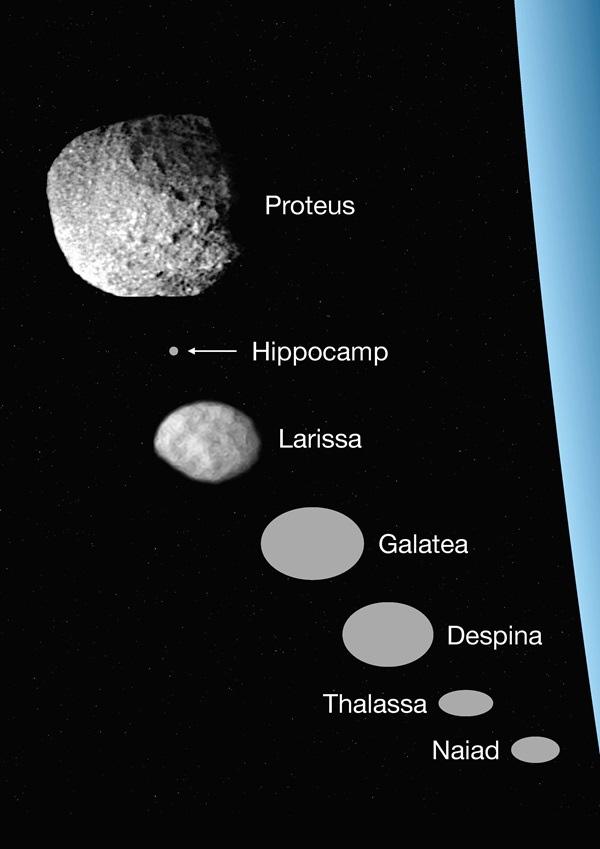
Since Hippocamp orbits close to one of Neptune’s larger moon’s Proteus, Showalter and other SETI researchers suggest that it could have once been a part of the larger moon.
Proteus has a giant impact crater called Pharos spanning 143 miles across the surface of the moon. Based on their study, Showalter said the comet that hit Proteus billions of years ago broke off a piece of the moon, creating Hippocamp.
The SETI researchers also believe that there may be other tiny moons like Hippocamp lurking elsewhere in the Solar System. Showalter and his colleagues hope that NASA’s James Webb Space Telescope could find more in the future.
“I suspect when the day comes that NASA and the European Space Agency send a spacecraft out to Neptune and study the system much more closely, there will be quite a few more moons to discover,” Showalter went on to say.
“But this is probably the limit of what we can do from Earth.”

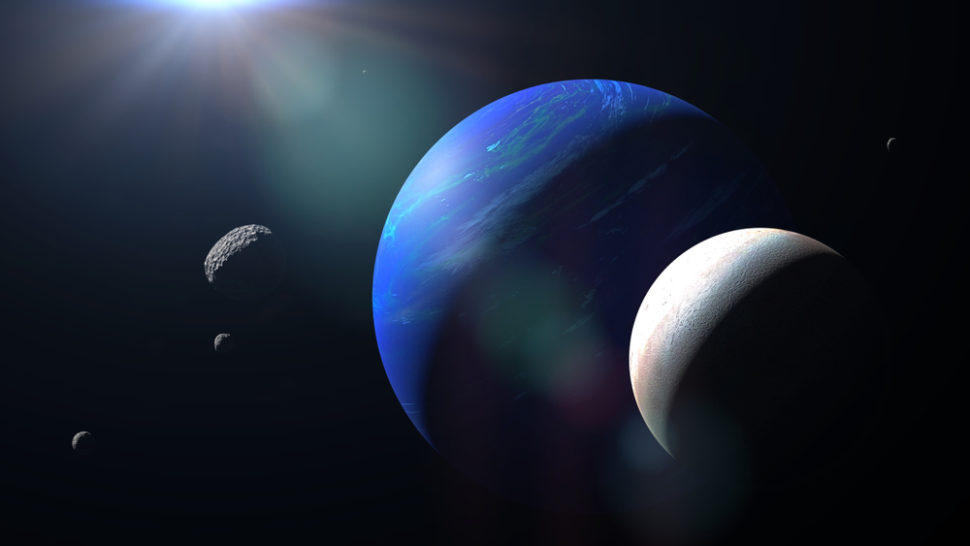


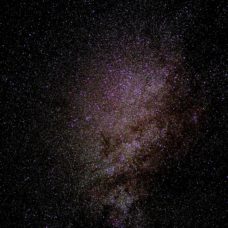





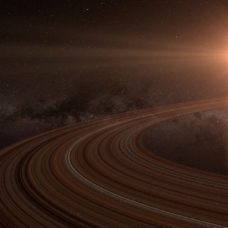







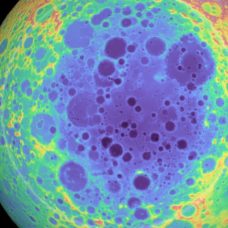
Comments (0)
Most Recent